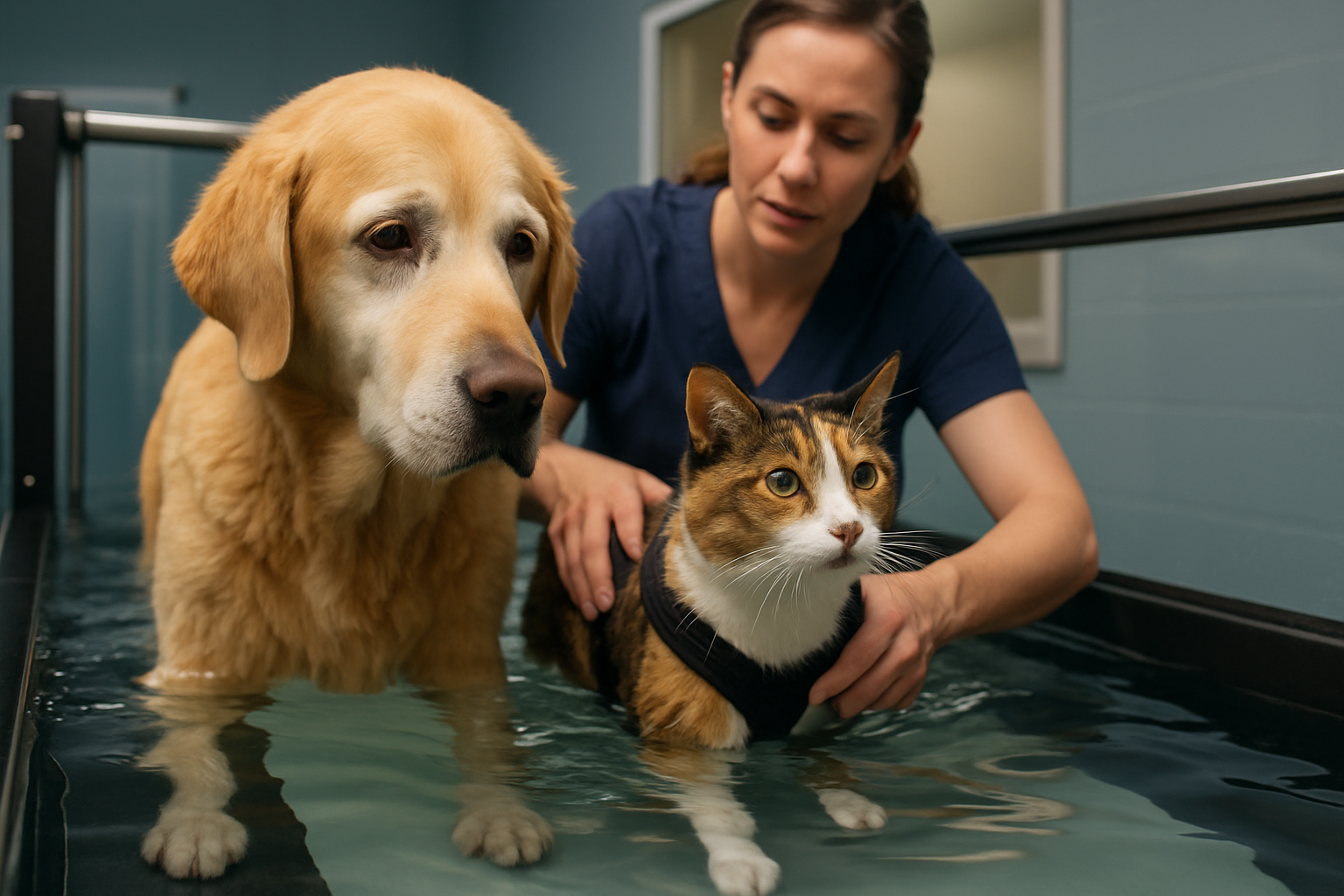Pet Age Calculator in USA – Estimating Pet Age and Health Stages
A pet age calculator in the USA is a digital tool used to estimate the equivalent age of pets in human years based on species, breed, and life stage data. It helps pet owners understand developmental milestones, average lifespan, and general aging patterns across animals. Some systems incorporate veterinary data or scientific averages to provide structured insight into aging differences between small and large breeds. These calculators support awareness of pet care routines, offering consistent reference points without replacing professional veterinary advice.

Pet Age Calculator in USA – Estimating Pet Age and Health Stages
Pet age calculators represent a significant advancement in pet care technology, providing owners with scientific insights into their companion’s developmental stages. Unlike the outdated “multiply by seven” rule for dogs, modern calculators incorporate breed-specific growth patterns, size categories, and current veterinary research to deliver more accurate age estimations.
How Pet Species and Breed Information Affects Age Calculations
Tasks may include entering pet species, breed, and birth year into these sophisticated tools. Different species age at dramatically different rates, with cats generally following more predictable patterns than dogs. Large dog breeds like Great Danes age faster than smaller breeds such as Chihuahuas, particularly after reaching maturity. The calculator algorithms account for these variations by referencing extensive databases of breed-specific aging studies conducted by veterinary colleges and research institutions.
Bird species present unique challenges, as parrots can live decades while smaller birds have much shorter lifespans. Exotic pets like rabbits, guinea pigs, and reptiles each follow distinct aging trajectories that require specialized calculation methods.
Growth Rate Data Integration for Enhanced Accuracy
Some calculators use growth rate data for accuracy, incorporating information about rapid puppy and kitten development phases. During the first two years, pets experience accelerated aging equivalent to approximately 15-24 human years, depending on species and breed. This initial rapid development period requires different mathematical models than adult aging phases.
Advanced calculators factor in weight categories, with toy breeds (under 20 pounds), medium breeds (20-50 pounds), large breeds (50-90 pounds), and giant breeds (over 90 pounds) each following distinct aging curves. These calculations become particularly important for senior pet care planning and health monitoring schedules.
Veterinary Study-Based Aging Models
Results follow general aging models used in veterinary studies, drawing from decades of research conducted at institutions like Cornell University College of Veterinary Medicine and UC Davis School of Veterinary Medicine. These studies track thousands of animals throughout their lifespans, documenting physical and cognitive changes that correspond to human aging equivalents.
The most current models recognize that aging acceleration varies throughout a pet’s life. While the first year might equal 15 human years, subsequent years may represent 4-6 human years each, with variations based on size, breed, and overall health status. Some calculators incorporate recent longevity research showing that mixed breeds often live longer than purebreds due to genetic diversity advantages.
Simple Age-Equivalent Display Formats
Tools display data in simple age-equivalent formats, typically showing results as “Your 8-year-old Golden Retriever is equivalent to a 55-year-old human.” Many calculators provide additional context, explaining what this age means for exercise needs, dietary requirements, and recommended veterinary check-up frequency.
Some advanced versions include life stage indicators such as “puppy,” “adult,” “mature adult,” and “senior,” with corresponding care recommendations. Visual representations like aging timelines or progress bars help pet owners understand where their companion falls within expected lifespan ranges.
Understanding Breed Variations and Result Interpretation
Users often ask about breed variations and result interpretation, particularly when results seem inconsistent with their pet’s apparent vitality or health issues. Breed-specific factors include genetic predispositions to certain conditions, typical lifespan ranges, and size-related aging patterns. Mixed breeds require careful consideration of dominant breed characteristics or general size categories when specific lineage is unknown.
Result interpretation should consider individual pet health, nutrition history, exercise levels, and veterinary care quality. A well-cared-for senior pet might exhibit vitality beyond their calculated human age equivalent, while pets with chronic conditions might show signs of accelerated aging. These calculators provide general guidelines rather than definitive health assessments.
| Calculator Type | Provider | Features | Accuracy Level |
|---|---|---|---|
| Basic Age Calculator | American Kennel Club | Species, breed, birth date input | General estimates |
| Advanced Pet Calculator | PetMD | Health factors, size categories | Enhanced accuracy |
| Veterinary Calculator | AVMA Resources | Research-based algorithms | Professional grade |
| Mobile Pet Age Apps | Various developers | User-friendly interface | Variable quality |
Pet age calculators serve as valuable starting points for understanding your companion’s life stage, but they should supplement rather than replace regular veterinary consultations. These tools help pet owners anticipate changing needs, plan for senior care, and make informed decisions about their pet’s health and wellness throughout their lifetime.
This article is for informational purposes only and should not be considered medical advice. Please consult a qualified healthcare professional for personalized guidance and treatment.




